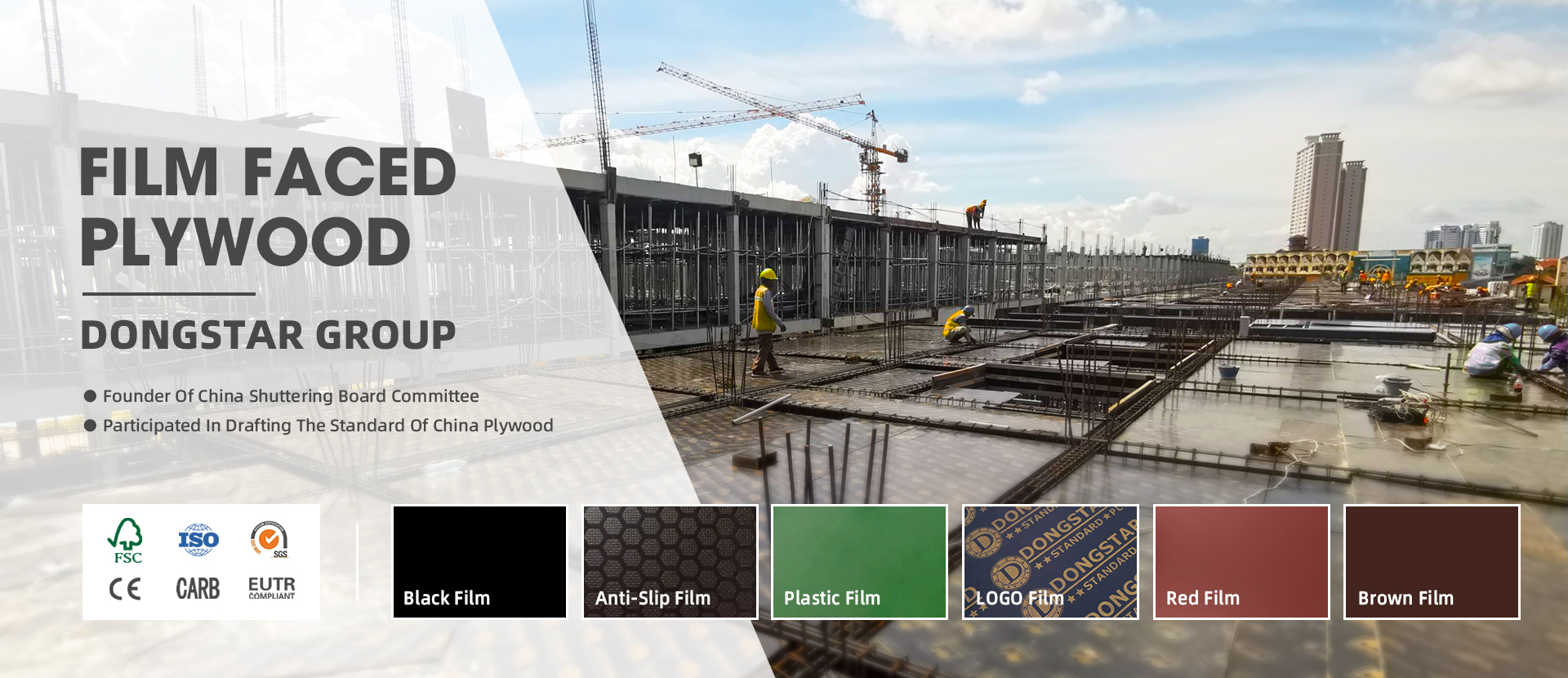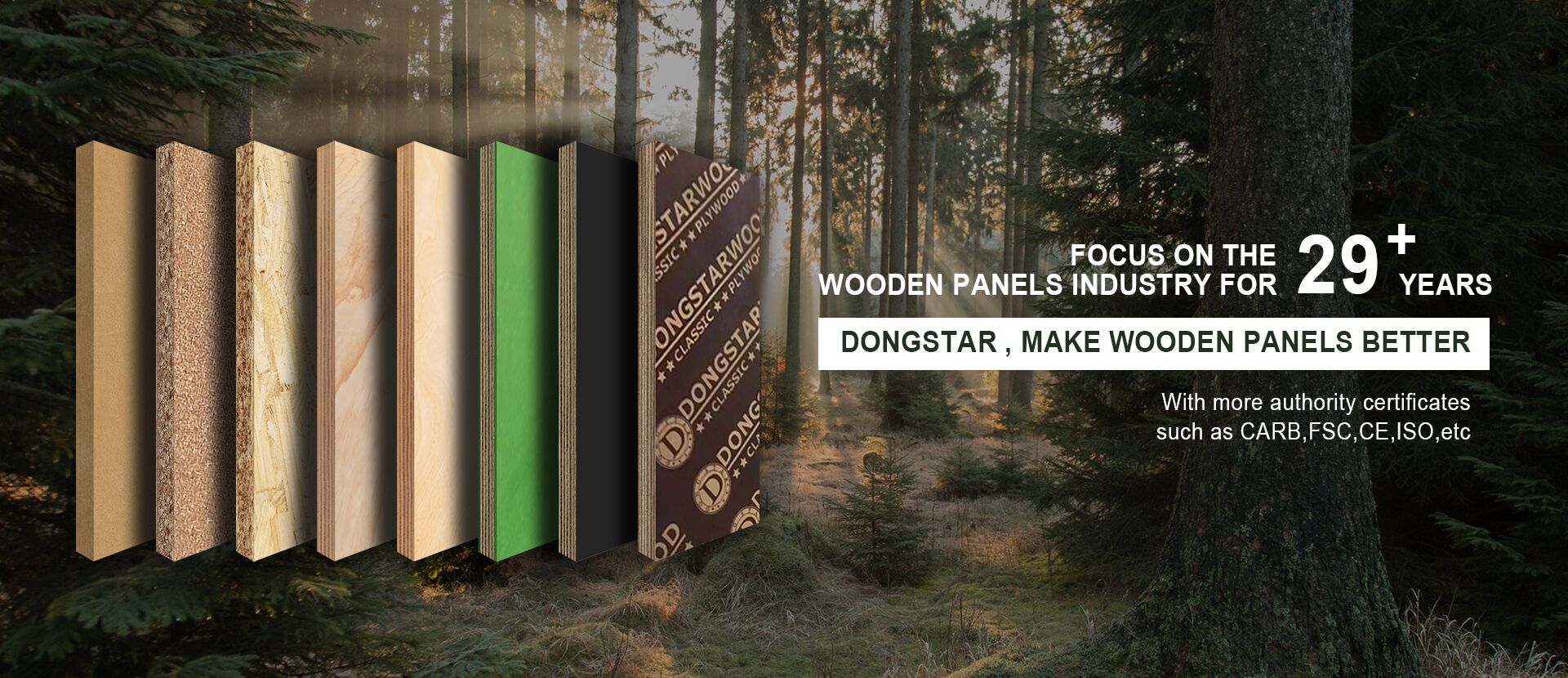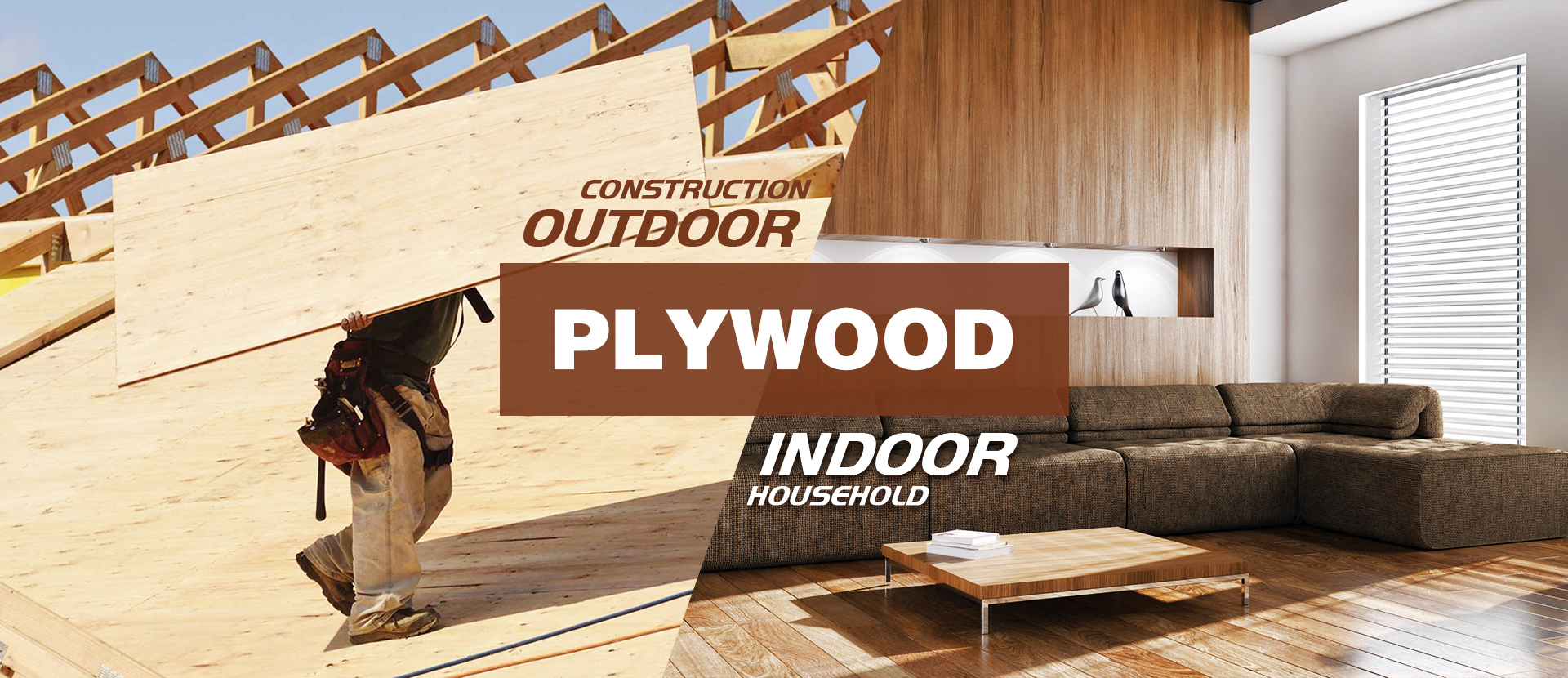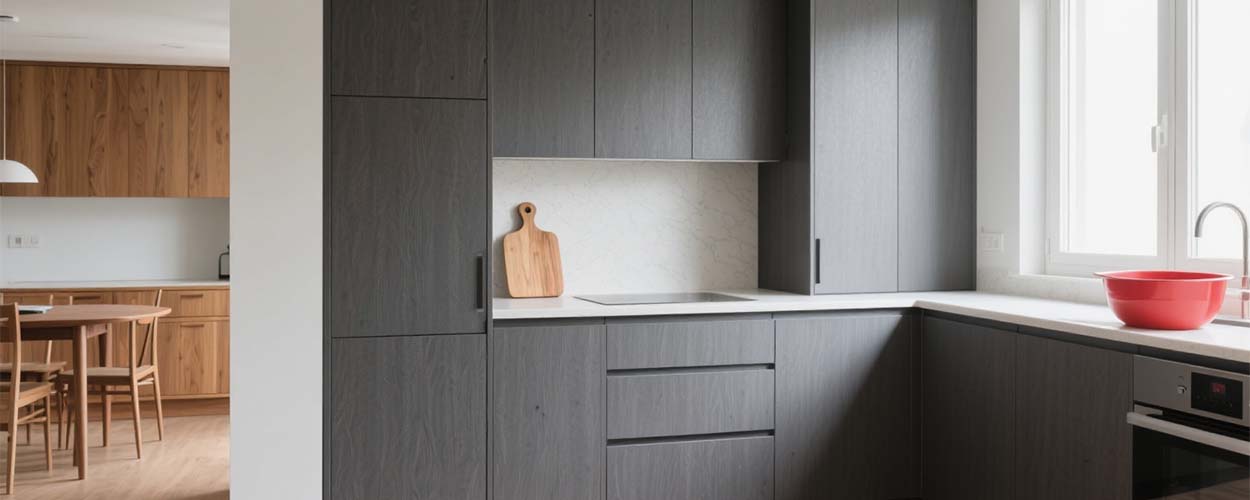Table of Contents
- Introduction
- Material Deep Dive: Pros and Cons
- Head-to-Head Comparison
- MDF: The Popular Alternative for Cabinet Doors
- Making Your Final Choice
Introduction
Choosing the right material for your kitchen cabinets is crucial for durability and style. We compare Melamine Board, Plywood, and Particle Board to help you decide. This guide breaks down cost, durability, and moisture resistance, including insights on popular MDF cabinet doors, to ensure you make an informed choice.
Material Deep Dive: Pros and Cons
Let’s look closely at each material’s characteristics to understand their strengths and weaknesses in a kitchen environment.
Melamine Board: The Modern Workhorse
Melamine board is essentially particle board or MDF core covered with a durable melamine-impregnated resin paper. This creates a hard, non-porous surface that is highly resistant to scratches, stains, and heat. A key advantage is the integrated finish, available in countless colors and patterns, which eliminates the need for painting. It’s a cost-effective and low-maintenance option for cabinet boxes and doors. However, the edges can be vulnerable if not properly sealed, and the core material can swell significantly if water penetrates the surface layer. It’s also not ideal for intricate, routed door designs.
Plywood: The Sturdy Classic
Plywood is renowned for its strength and durability. Made from thin layers of wood veneer glued together with adjacent layers having their wood grain rotated, it creates a incredibly strong and stable sheet material. It holds screws tightly, making it excellent for hardware-heavy cabinets. Higher-grade birch plywood is a premium choice for cabinetry. While it’s more resistant to moisture than particle board, it’s not waterproof. Plywood is generally the most expensive option and requires finishing, such as painting or veneering, which adds to the project’s cost and timeline. For a kitchen remodel where longevity is key, plywood is a top contender.
Particle Board: The Budget-Friendly Base
Particle board (or chipboard) is an engineered wood product made from wood chips, sawmill shavings, and a synthetic resin pressed together. Its primary advantage is its low cost, making it a common choice for budget-conscious projects and ready-to-assemble (RTA) cabinets. When used with a high-quality laminate or melamine surface, it can perform adequately for cabinet shelves and bodies. However, it is the weakest of the three options, with poor screw-holding ability and a high susceptibility to moisture damage. If it gets wet, it can swell and lose structural integrity quickly. It’s best used in dry areas or when properly sealed.
Head-to-Head Comparison
How do these materials stack up against each other? Here’s a quick comparison based on key factors for kitchen cabinets.
| Feature | Melamine Board | Plywood | Particle Board |
|---|---|---|---|
| Durability & Strength | Good surface durability; strength depends on core (MDF core is stronger) | Excellent; superior structural strength and screw retention | Fair; lowest strength; prone to sagging under heavy weight |
| Moisture Resistance | Good surface resistance, but core is vulnerable if sealed edges are compromised | Good; more resistant than particle board, but can warp with prolonged exposure | Poor; swells and disintegrates when wet |
| Cost | Mid-range | Most Expensive | Most Affordable |
| Finish & Aesthetics | Pre-finished; wide variety of colors/patterns; seams can be visible | Requires finishing (paint, veneer); offers a custom, high-end look | Requires a laminate or veneer; edges can look rough if not treated well |
| Weight | Moderate | Heavy | Lighter than plywood |
MDF: The Popular Alternative for Cabinet Doors
It’s impossible to discuss cabinet materials without mentioning Medium-Density Fiberboard (MDF). While not always used for the entire cabinet box, MDF is a premier choice for cabinet doors. Made from fine wood fibers bonded with resin, MDF has a perfectly smooth, uniform surface with no grain. This makes it ideal for painting, as it results in a flawless, seamless finish. It’s also excellent for creating detailed, routed door styles like Shaker or raised panel designs. The main drawback is its vulnerability to water; it should not be used in areas prone to direct moisture. For a painted, custom look on doors, MDF is often unbeatable.
Making Your Final Choice
So, what is the best board for your kitchen cabinets? The answer depends on your budget, style, and performance needs. A common and effective strategy is to mix materials. Many high-quality cabinets use plywood for the boxes to ensure long-lasting strength, especially for shelves holding heavy dishes, and MDF for the doors to achieve a beautiful painted finish. Melamine board offers a great balance of durability, style, and cost for a full, low-maintenance set. Reserve particle board for budget-friendly projects where you are certain it will be protected from moisture. Consider your lifestyle and long-term plans for your kitchen to make the smartest investment.
Post time: Sep-23-2025





